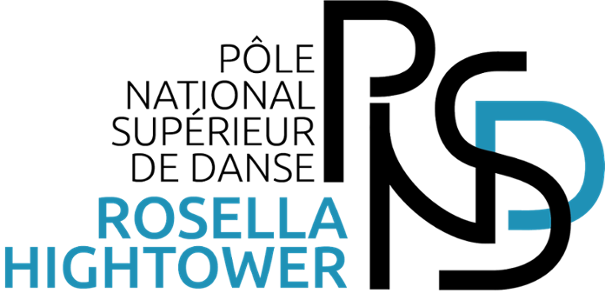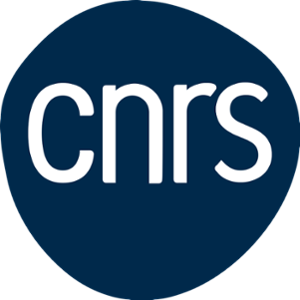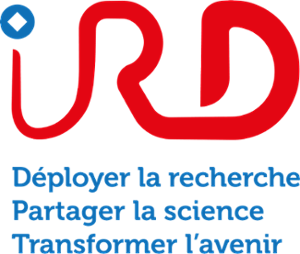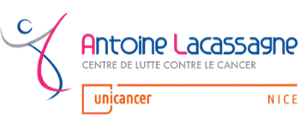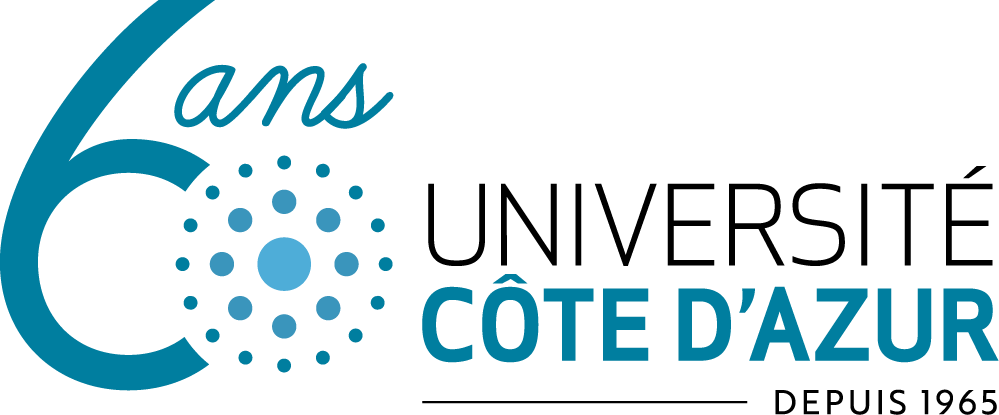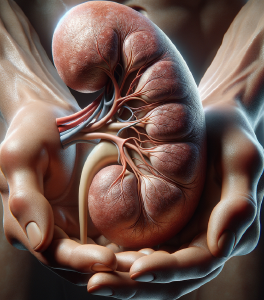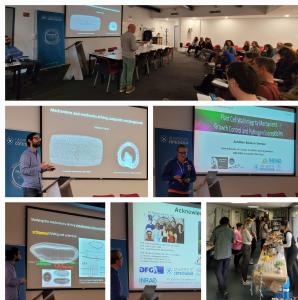Académie d'Excellence "Complexité et diversité du vivant"
Trauma Workshop - Academy 4 Seminar Series #18 - IPMC - September 23rd, 2025
- Research
- Science and society
- IDEX
- International
- Health
- Partnerships
- Education
on the September 23, 2025

On the 23rd of September 2025 from 10:30 am to 12:00 pm, in IPMC conference room, will take place the 18th session of the Academy 4 seminar series entitled "TRAUMA Workshop".
PROGRAM :
10:30 am - Talk 1
"L’écho du trauma : filmer ce qui ne se montre pas - The echo of trauma: filming what cannot be shown"
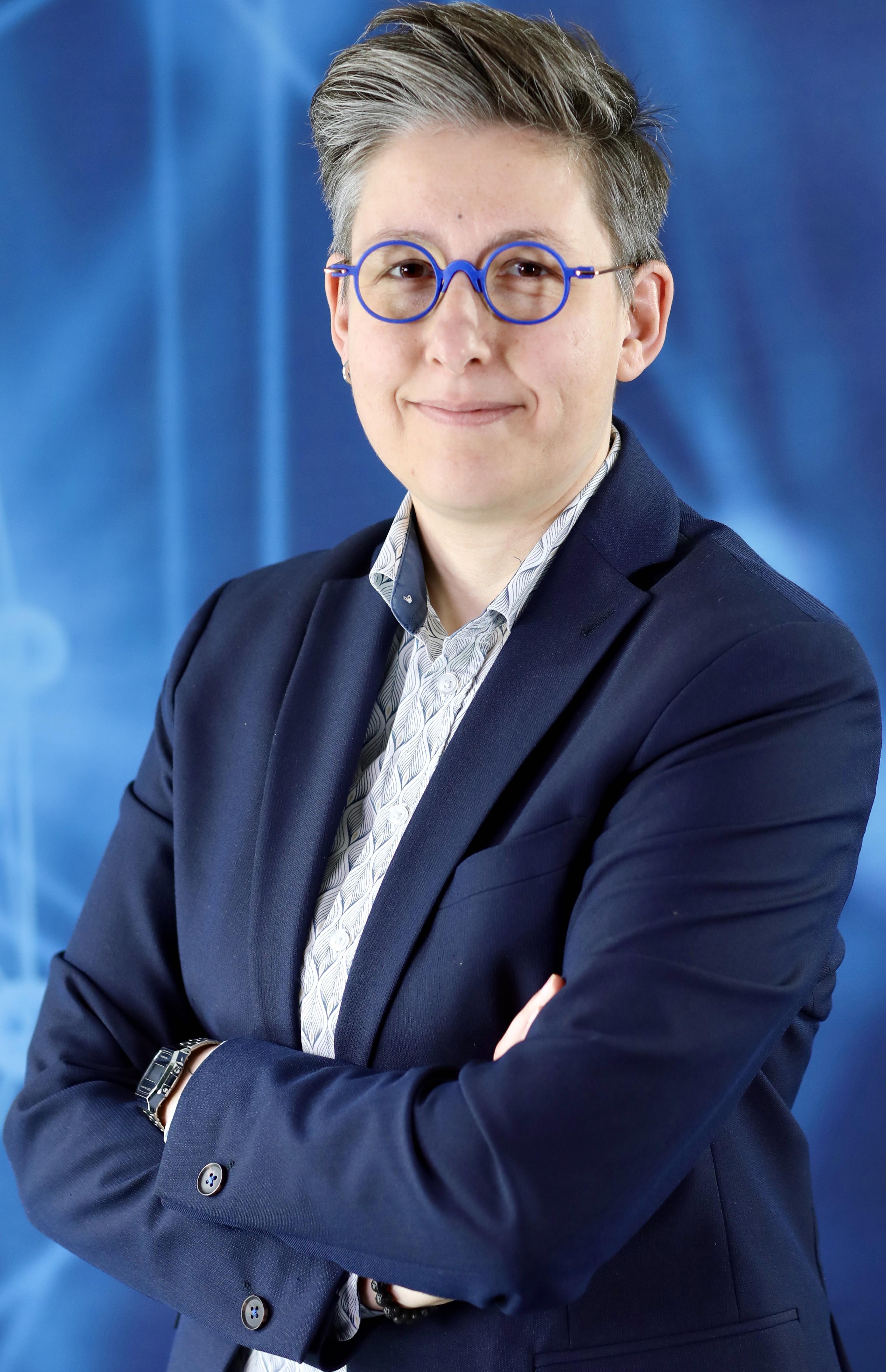
- Maël C TISSEUR, PhD
-
Chef de projet CI3P
Ingénieur de Formation Sanurn
Université Côte d'Azur UPR CA01 RETINES UFR Médecine
NICE, FRANCE
Abstract:Fr - Cette communication explore la manière dont le cinéma peut approcher le trauma sans chercher à le représenter directement. À partir du film H Story du réalisateur japonais Suwa Nobuhiro - tentative de remake du célèbre "Hiroshima mon amour" - nous verrons comment certaines formes cinématographiques permettent de rendre sensible ce qui, par nature, résiste à l’image. Le film de Suwa ne montre pas l’explosion atomique, ni ses conséquences spectaculaires. Il travaille autrement : par ruptures, coupures au noir, images surexposées, fragments de tournage mêlés au récit. Ces procédés créent une expérience déroutante pour le spectateur, et ouvrent un espace où le trauma peut se faire sentir, sans être mis en scène de façon frontale. Pour penser ces choix formels, nous nous appuierons sur une notion issue de la psychanalyse lacanienne : le mi-dire, c'est-à-dire le fait que la vérité ne peut pas se dire toute. Transposée au cinéma, elle pourrait se penser comme un mi-voir : ne pas tout montrer, laisser des vides dans l’image, faire place à l’absence. Ces « manques » dans la continuité visuelle permettent d’approcher, en creux, ce que le trauma a d’inaccessible et de bouleversant. Dans un contexte où l’on attend souvent des images qu’elles montrent, qu’elles expliquent, qu’elles documentent, ce film propose un geste inverse : déstabiliser les repères, rendre l’image non assimilable, afin de laisser une place à ce qui échappe à la représentation. Ce déplacement invite à repenser le rôle des formes artistiques dans l’approche du trauma, et ouvre un dialogue fécond entre psychanalyse et cinéma — mais aussi, plus largement, entre arts et sciences, là où les certitudes vacillent et où l’incomplétude devient source de pensée.
En - This talk explores how cinema can approach trauma without seeking to represent it directly. Using the film H Story by Japanese director Suwa Nobuhiro—an attempt to remake the famous "Hiroshima mon amour" - we will see how certain cinematic forms make it possible to convey something that, by its very nature, resists film capture. Suwa's film does not show the atomic explosion or its spectacular consequences. It works differently: through breaks, blackouts, overexposed images, and fragments of footage mixed into the narrative. These techniques create a disorienting experience for the viewer and open up a space where trauma can be felt without being directly portrayed. To consider these formal choices, we will draw on a concept from Lacanian psychoanalysis: the half-said, that is, the fact that the truth cannot be fully expressed. Transposed to cinema, it could be thought of as a mi-voir: not showing everything, leaving gaps in the image, making room for absence. These “gaps” in the visual continuity allow us to approach, in a subtle way, what is inaccessible and upsetting about trauma. In a context where images are often expected to show, explain, and document, this film proposes the opposite approach: destabilizing reference points and rendering images unassimilable in order to leave room for that which eludes representation. This shift invites us to rethink the role of artistic forms in approaching trauma, and opens up a fruitful dialogue between psychoanalysis and cinema—but also, more broadly, between the arts and sciences, where certainties waver and incompleteness becomes a source of thought.
Biography:
Fr - Docteure en Sciences de l’Art, Maël C TISSEUR a récemment soutenu sa thèse qui s’intitule « Un Cinéma de l’irreprésentable : Le trauma dans Hiroshima mon amour, H Story et L’expérience préhistorique » sous la direction de Christine Buignet et Caroline Renard, Prix de Thèse des Éditions L’Harmattan 2024. Ses domaines de recherche se situent du côté de l’image-mouvement. D’une part, elle interroge les représentations du traumatisme au cinéma. D’autre part, elle questionne les liens entre art, vidéo et cinéma pour mettre en lumière la complexité du monde contemporain et questionner les possibilités d’émancipation du spectateur à travers l’art. Elle s’intéresse aussi aux Humanités médicales, à l’éthique du care et au partenariat-patient en tant qu’enseignante en Sciences de la Santé. Elle est chercheure associée aux Laboratoires RETINES et LIRCES d’Université Côte d’Azur.
En - Maël C TISSEUR holds a PhD in Art Sciences. She recently defended her thesis entitled “A Cinema of the Unrepresentable: Trauma in Hiroshima mon amour, H Story, and L’expérience préhistorique” under the supervision of Christine Buignet and Caroline Renard, winner of the 2024 Éditions L’Harmattan Thesis Prize. Her research focuses on the moving image. On one hand, she examines representations of trauma in cinema. On the other hand, she questions the links between art, video, and cinema to highlight the complexity of the contemporary world and explore the possibilities of viewer emancipation through art. She is also interested in medical humanities, the ethics of care, and patient partnership as a teacher in health sciences. She is an associate researcher at the RETINES and LIRCES laboratories at Université Côte d'Azur.
--------------------
11:00 am - Talk 2
"Traumatic Life Experiences During Critical Periods Lead to Diverse Developmental Trajectories"
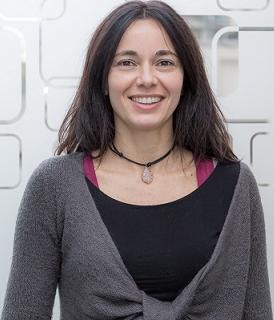
- Laura CANCEDDA, PhD
-
Senior Research Tenured, Fondazione Istituto Italiano di Tecnologia
Founder and scientific advisor at IAMA Therapeutics,
FENS-KAVLI network of excellence alumna
GENOVA, ITALY
Abstract:
Proper neurodevelopment depends on life experiences that influence the biology of individuals. This influence is pivotal during critical periods, which are time windows characterized by enhanced responsiveness to environmental stimuli. Positive experiences during critical periods lead to healthy brain wiring and development of proper behavioral skills. Conversely, diverse traumatic events (e.g., physical/sexual violence, prolonged hospitalization, warfare) can impair brain development, increasing risk for neuropsychiatric disorders. Whether a correspondence between specific traumas and the emergence of certain neuropsychiatric traits exists remains elusive, suggesting that a particular traumatic event can trigger different psychiatric consequences. Here, we examined the long-term consequences of different adverse life events experienced during distinct developmental periods in wild type mice.
Biography:
Laura CANCEDDA received her PhD at the Scuola Normale Superiore, Italy. She did her postdoc at the University of Berkeley, California. In 2006, she joined the Italian Institute of Technology (IIT) as the principal investigator of the Brain Development and Disease lab. She was also a researcher at the Telethon Dulbecco Institute from 2016 to 2021. In 2016, she received a Consolidator grant from the ERC, and in 2025 an Advanced grant (FIS2) from the MUR. In 2022, she launched the start-up IAMA Therapeutics. She is an alumna of the FENS KAVLI network of excellence.
--------------------
11:30 am - Talk 3
"Whole brain circuits of aversive states"
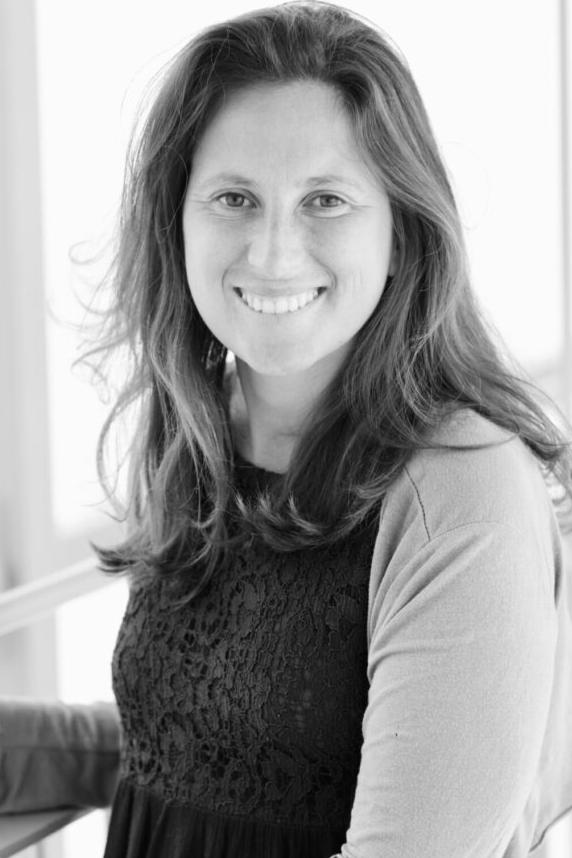
- Bianca Silva, PhD
-
Head of Neural Circuits of Emotional Memories Team
ERC StG Investigator
FENS-Kavli Network of Excellence scholar
IPMC – CNRS-UCA UMR7275
SOPHIA-ANTIPOLIS, FRANCE
Abstract:
Understanding how traumatic memories are formed requires mapping neuronal activation patterns across the entire brain with high precision and reproducibility. To address this, we developed an integrated software suite that enables unbiased whole-brain analysis from 2D histological sections. The suite includes Aligning Big Brains and Atlases (ABBA), a robust tool for the automated registration of 2D brain sections onto 3D reference atlases, and BraiAn, a pipeline for multi-channel segmentation, statistical analysis, and interactive visualization. Together, these tools provide a scalable and efficient solution for whole-brain cytoarchitectural mapping. We applied this framework to investigate the expression of three immediate-early genes (IEGs) - cFos, Arc, and NPAS4 - in mice exposed to distinct memory-related behavioral paradigms, including traumatic memory formation. Our analysis revealed distinct spatial and intensity patterns across the IEGs, indicating that they provide non-overlapping insights into brain-wide neuronal activity. This work highlights the power of our mapping suite for uncovering complex neural activation signatures underlying behavior and opens the door for systematic exploration of brain-wide mechanisms of memory and emotion.
Biography:
Since the beginning of her career, Bianca SILVA has been interested in the neural bases of emotions. After earning a PhD in neuroscience at EMBL-Rome on the circuits of innate fear, she completed a postdoctorate at EPFL, where she explored the attenuation of fear memories. From 2021 to 2023, she was a principal researcher at the Italian National Research Council, winning an ERC grant. Since 2023, she has been a CNRS researcher at the Institute of Molecular and Cellular Pharmacology in Sophia-Antipolis. In her team, she studies the encoding of traumatic memories in the brain and their attenuation.
--------------------
12 pm: Discussion and buffet hosted by the Academy 4
ORGANIZERS:
Academy of Excellence 4 "Complexity & Diversity of the Living Systems"
PARTNERS
Graduate School and Research LIFE - Life and Health Sciences
Graduate School and Research HEALTHY - Health Science Ecosystems
Academy of Excellence 5 "Human Societies, Ideas and Environments"
Institute NeuroMod - Cognitive Systems, Normality and Pathology of the Human Brain and Computational Neurosciences



